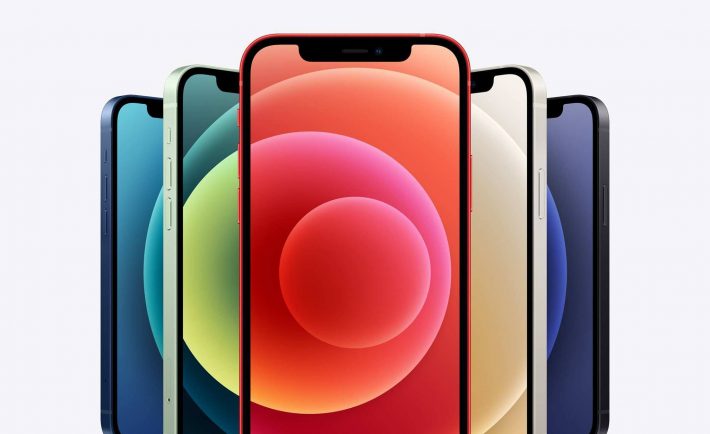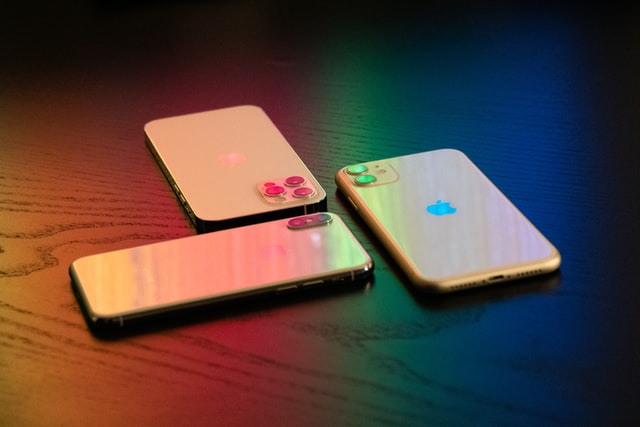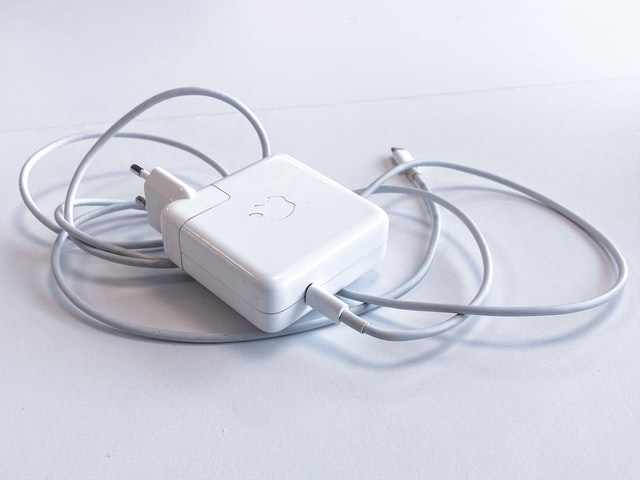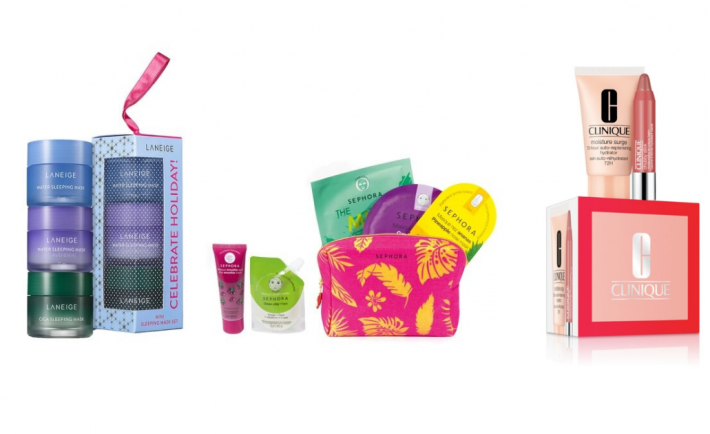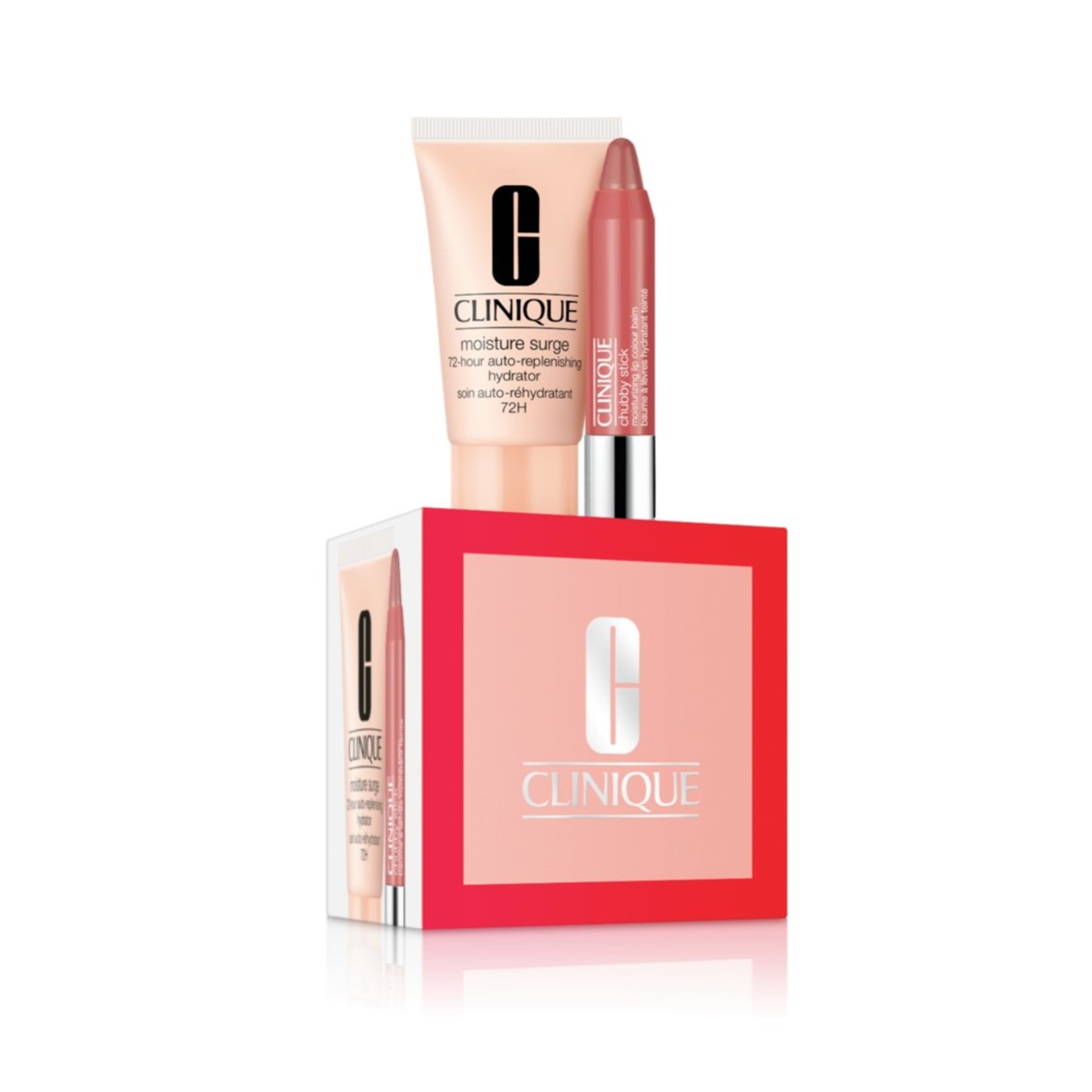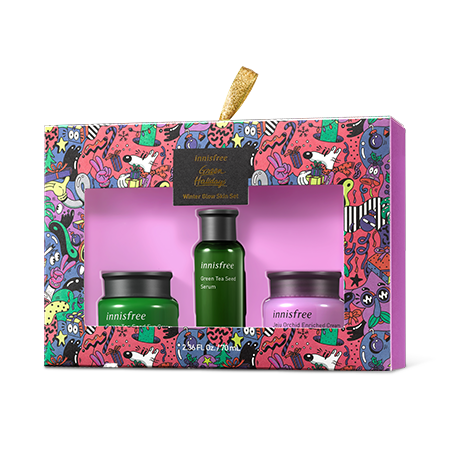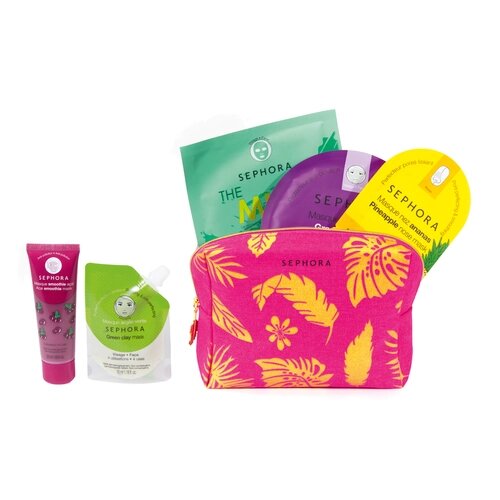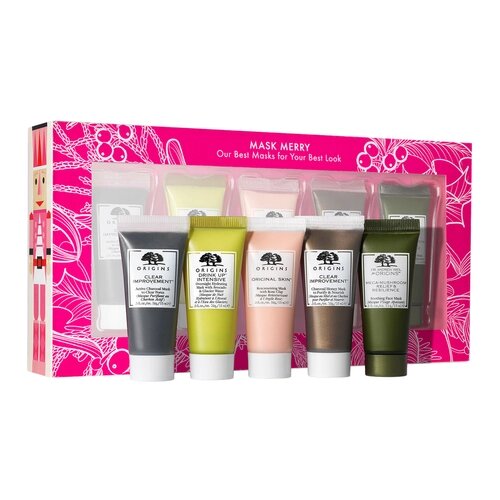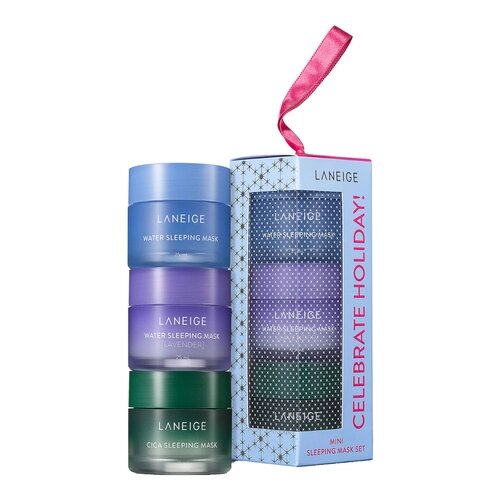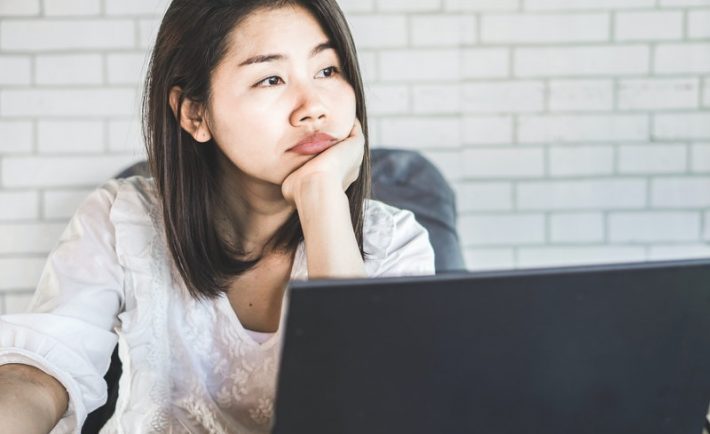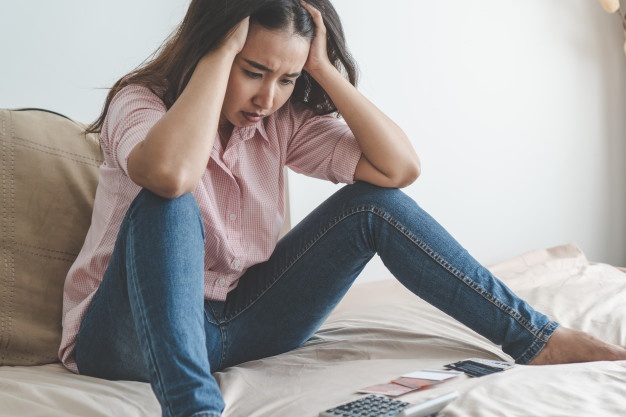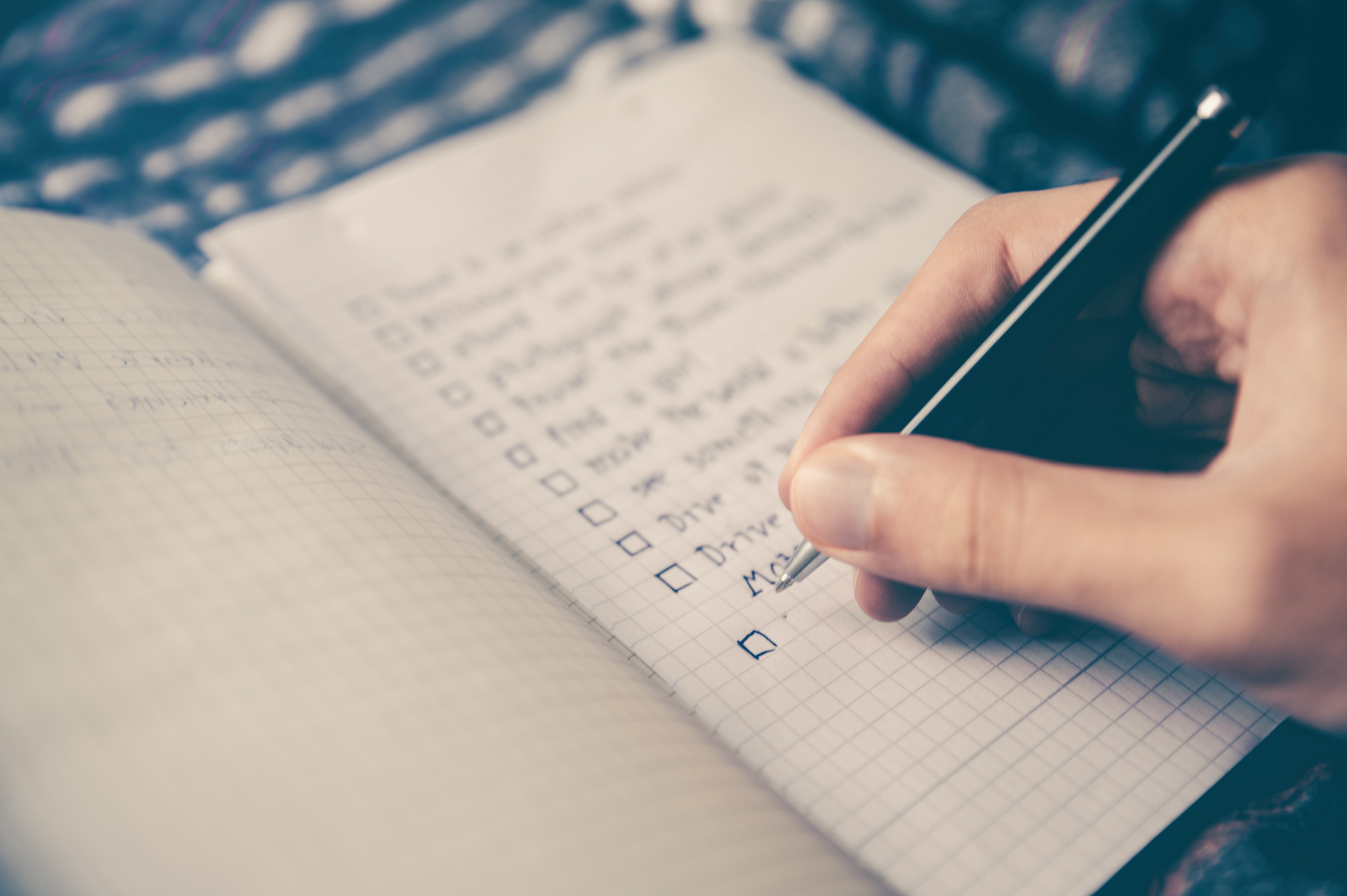In this article, we will be hearing from the wise advice of Clara Mah, a nutritionist at Bella Marie France. Are you aware that when your body is stressed, it produces cortisol, also known as the stress hormone? Thus, it explains why you sometimes crave for comfort food that is high in fat or sugar.
According to Clara, white bread, white rice, pasta, and pastries alongside high consumption of meat and fats are linked to higher oxidative stress. If you want to decrease the oxidative effects of stress, then fill your plates with whole grains, fruits, vegetables, fish, and legumes instead.
To aid you in making a wiser choice while grocery shopping this week, take it from the nutritionist on the top 10 mood-boosting foods you should include in your diet!
#1: Dark Leafy Greens

Image Credits: thehealthsite.com
We all know the benefits of eating vegetables. But to be specific, you want to go for dark leafy ones such as spinach, kale, Swiss chard, and beet greens. Here’s your chance to stock up on vitamins A, C, E, K, nutrients, minerals, and phytochemicals to boost your mental wellness.
#2: Avocados
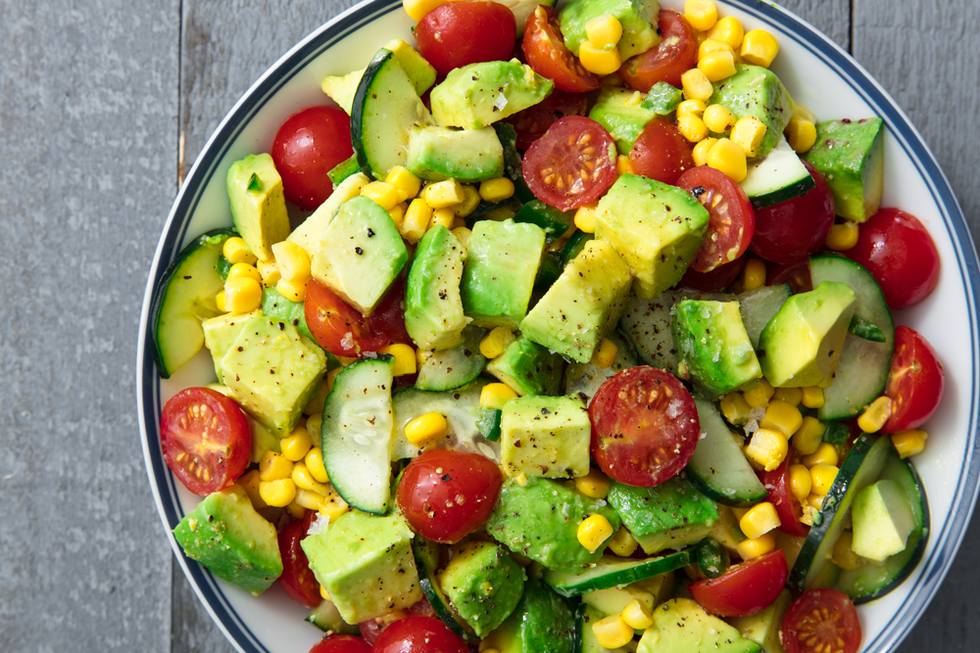
Image Credits: delish.com
Avocados aren’t that cheap, to be honest. But the superfruit does wonders in supporting the production of the memory and learning brain chemical acetylcholine. All thanks to the presence of healthy monounsaturated fats, which is also present in extra virgin olive oil.
#3: Chia Seeds
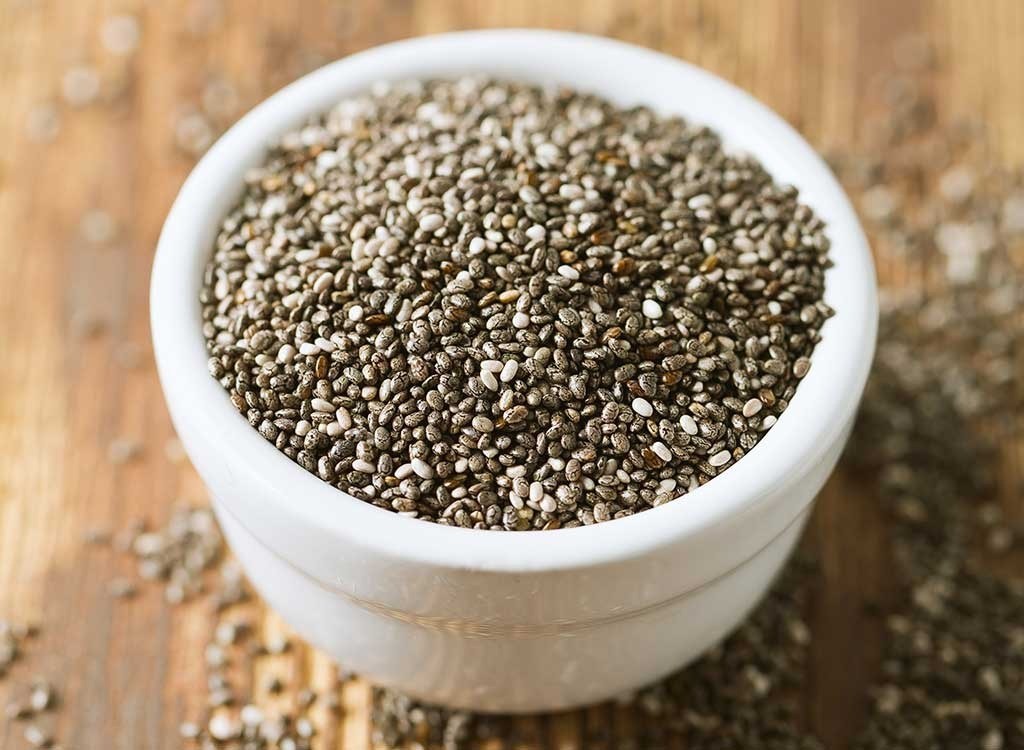
Image Credits: eatthis.com
You’ve probably heard of people including chia seeds in their meals to aid them in weight loss. Also known as a superfood, it’s not just rich in fibre but also omega-3 fatty acids, which is essential to maintain your mental and emotional health.
#4: Eggs

Image Credits: kirbiecravings.com
Do you want to have better mental acuity and focus? Then make sure to include eggs in your balanced diet. The substances present in the egg aids in maintaining memory and communication signals. It also contains essential nutrients for your brain to function properly.
#5: Bananas

Image Credits: Medical News Today
Want a ‘feel-good’ hormone? Turn to bananas. They contain high levels of tryptophan that convert to serotonin to help with a mood boost. Bananas also uplift your energy and even have the power to assist in overcoming depression.
#6: Berries

Image Credits: Dr. Oz
Strawberries, blueberries, raspberries, cranberries, and blackberries are just some of the berries you can quickly bag home from the supermarket. By safeguarding brain cells from damage, it’s an excellent choice for persons with Alzheimer’s disease or mental decline.
#7: Turmeric

Image Credits: Healthline
Turmeric carries curcumin which has been scientifically proven to treat psychiatric disorders and improve symptoms of depression. It also has anti-inflammatory and anti-anxiety properties. Need to spice up your dishes? You know what to add.
#8: Yoghurt

Image Credits: weightlossresources.co.uk
Want to fight symptoms of depression and anxiety and improve your mental wellness? The probiotics and lactobacillus in yoghurt can do just that. Have it with your daily serving of fruits to start your morning right!
#9: Dark Chocolate

Image Credits: everydayhealth.com
Here’s your excuse to pick up that bar of chocolate this week at the store. But remember to go for dark ones, not just any flavour you like. It stimulates the production of endorphins to trigger positive feelings. Together with flavonols and serotonin, it may just be your quick solution to conquer the blues.
#10: Walnuts

Image Credits: myrecipes.com
Nuts generally contain the right nutrients and fats. But if you want to significantly improve brain functions, mental flexibility, and have better memory, then walnuts are your to-go option. It contains polyunsaturated fat, polyphenols, and vitamin E to reduce oxidative damage and inflammation in the brain.



